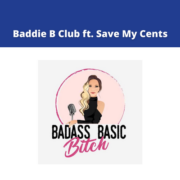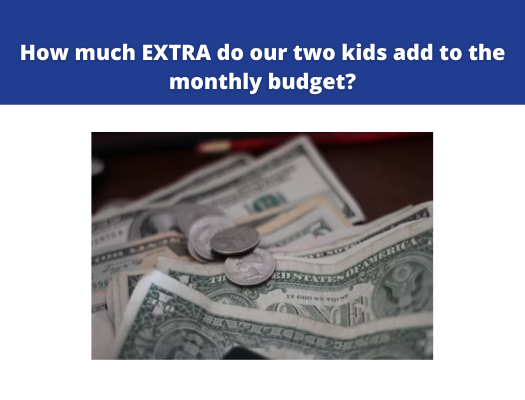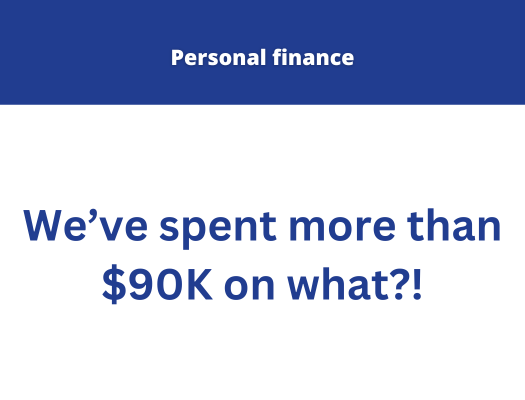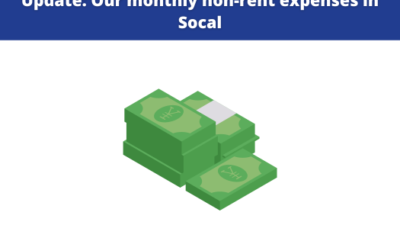If you have ever struggled to stick to a “no spend challenge” (or found yourself on a spending spree the minute it was over), you’re not alone. No spend challenges have become an increasingly popular way to reset spending habits in the personal finance realm, and they are often one of the first concepts that you might get introduced to when starting your personal finance journey. The idea is to pause impulse spending for a set period of time. However, for many people, it’s easier said than done. Why?
I’ve found that no spend challenges usually fail for 2 reasons: 1. You are not adequately allowing for essential expenses. 2. You are trying to go too cold turkey, without also addressing the underlying cause(s) of the spending.
Over the years, I have developed a sustainable, mentally healthy, and kind no spend challenge with these common obstacles in mind. I love offering this challenge in bite-sized increments over the course of 6 days. And I am here to guide you! Each day, you will be completing a brief exercise to help identify and prevent the root causes of your spending, while also sticking to the no spend challenge to help you save some money. In summary, the goal of this challenge is to help you not only save money, but also identify the root causes that you will need to work on over time to improve your personal finances.
In this blog post, I will walk you through each day of the challenge.
You can also sign up to receive the challenge daily in your inbox by clicking here
Day 1: Define the no spend challenge
On the first day of a no spend challenge, we will determine what you can and cannot spend money on. For the Save My Cents no spend challenge, I’ve already set the timeline for you – 6 days. Of course, there are many types of no spend challenges out there, the most common being 30 days. For the purpose of the Save My Cents challenge, I’d like you to complete the challenge over 6 consecutive days to keep the momentum going. If you have a special event already scheduled during this time frame (e.g., a family dinner or birthday party), no need to delay the challenge. Just consider that event an exception.
The most common misconception about no spend challenges is that you can’t spend any money at all. Yet we all have basic needs to meet, so this approach is not sustainable. Fortunately, it is not necessary to go that far.
The no spend challenge is about eliminating spending on wants. This means that you can still spend money to cover your basic living expenses: rent/mortgage, groceries, childcare, transportation, etc. On this first day, take a few minutes to write down your spending needs during the upcoming week. Spending within these categories would be considered acceptable during the challenge.
Day 2: Reduce screen time
Thanks in part to the rise of influencers, social media apps can be a huge spending trigger. If I had grown up during the social media age, no doubt, I would be highly susceptible to the marketing there. This is because social media apps are programmed to hook onto the same brain pathways that lead to addiction. That is why they are so difficult to give up! You are literally fighting an addiction to stop yourself from scrolling and swiping.
Today, we are going to put systems into place to reduce your screen time.
Mute notifications. Go to the notification settings in your social media accounts and turn them off – for phone, desktop, and email.
Uninstall social media apps from your phone, or move them away from the home screen. You can always re-download them or move them back, but you will likely find that just having that extra step curbs the impulse.
Use Airplane Mode when you want to minimize distractions and are not expecting calls. This is particularly good for when you are asleep at night.
Use tools and extensions to limit your time online. For example, Kill News Feed is a Chrome extension that turns off your Facebook newsfeed, and StayFocusd is another Chrome extension that lets you set time limits on sites of your choosing.
Day 3: Clean out your inbox
Did you know that for every $1 companies spend on email marketing, they can expect an average return of $42? Clearly, it is in your best interest to clean up that inbox and remove the temptation to spend. However, if that seems daunting, let’s break it up into smaller tasks:
Set a timer for 5 minutes for a week and unsubscribe from as many marketing emails as possible.
Create a filter or “rule” for any email address that sends you a lot of ads. Set the rule to automatically file emails from that address in a separate folder (or better yet, send them straight to trash). If the ads skip your inbox entirely, you are less likely to read them and be influenced by the marketing
Create an email account just for ads. Use this email address to sign up for discounts and deals, and then only check it when you go on a planned shopping trip.
Day 4: Pause subscriptions
The average American spends around $230 a month on subscriptions alone. That is $2,760 a year. Retailers love subscriptions because consumers often buy one, and then forget to cancel them when they are no longer using them.
In my challenge, I’d like you to pause as many subscriptions as you can for a month. During this pause, it allows you to really evaluate each service and notice how often you need to use them. Did you miss the service? Or did you barely even notice it was gone? Then make decisions about which to keep and which to cancel. You might also opt for a middle ground, such as keeping the service but switching to a lower-cost plan.
Common examples of subscription services to re-evaluate:
- Phone plans
- Cable TV
- Streaming
- Amazon Prime (you don’t have to pay to get free shipping!)
- Music (Pandora, Spotify)
- Groceries, pet food
- Clothing (Stitch Fix, Rent the Runway)
- Meals (Hello Fresh, Blue Apron)
- Gaming (PlayStation, Fortnite)
- Beauty boxes
- Audiobooks (Kindle, Audible)
- Web hosting/online photo storage
- Dating apps
- Children’s activities
Day 5: Unfollow and mute
Social media influencers are exceptionally good at what they do. Thanks to professionally shot photos and carefully crafted content, their lifestyle appears attractive, exciting, and fun. Something about it speaks to you—that’s why you decided to follow them!
To promote a product, they often draw you in with an engaging caption about a problem they had (a problem that you might have too) and the product that solved it. Your best long-term defense is to find joy and satisfaction in your own life. This is because, to promote their product, most influencers stoke your internal fears of “missing out” or not being “enough.” The more satisfied you are with your lifestyle, the less susceptible you will be to social media influencer messaging. I’ll be realistic. Cultivating that confidence and satisfaction in your own life takes time – for me it was many months for the initial attempt, and it still had to be reinforced over time.
So in the short-term, during today’s challenge, your to do is to unfollow as many sources of influence on social media as possible. And remember: influencers do not have to be paid to be influencing you. It can also be a friend or relative, even if that is not their intention. Temporarily muting those accounts can be a great solution (without damaging the relationship).
Day 6: Practice saying “no”
Many of the people I have coached have found that when paring back expenses, it can still be difficult to say “no” to people in their life who have different spending habits. Today, our no spend challenge to do is to strengthen this muscle. Here are some mindsets that help me say no:
- “Saying no does not mean that I’m broke. It means I have plans for my money.”
- “I want to say no to the things that do not matter, so I can say yes to the things that do.”
- “No is a complete sentence. They do not need to know the rest.”
- “I do not have to subscribe to all the cultural norms I grew up with.”
One great strategy I use is providing an alternative to the original idea. This helps maintain your relationship with the person. Someone who truly cares about you will not abandon you over a free activity! Here are some ideas:
- “Thanks so much for inviting me, but I already have plans. Do you have time next week for _______ [low-cost/no-cost activity]?”
- “That sounds really fun, but I’m going to pass. How about we do ____________ [low-cost/no-cost activity] instead?”
And if you need an out when you are already spending time with someone, try this: “That sounds like fun, but I’m going to have to pass this time. Have fun!”
Ready to get started?
You are well on your way to taking on—and actually sticking with—the no spend challenge! If you are ready to get started, sign up here to receive the Save My Cents no spend challenge in your inbox daily.










